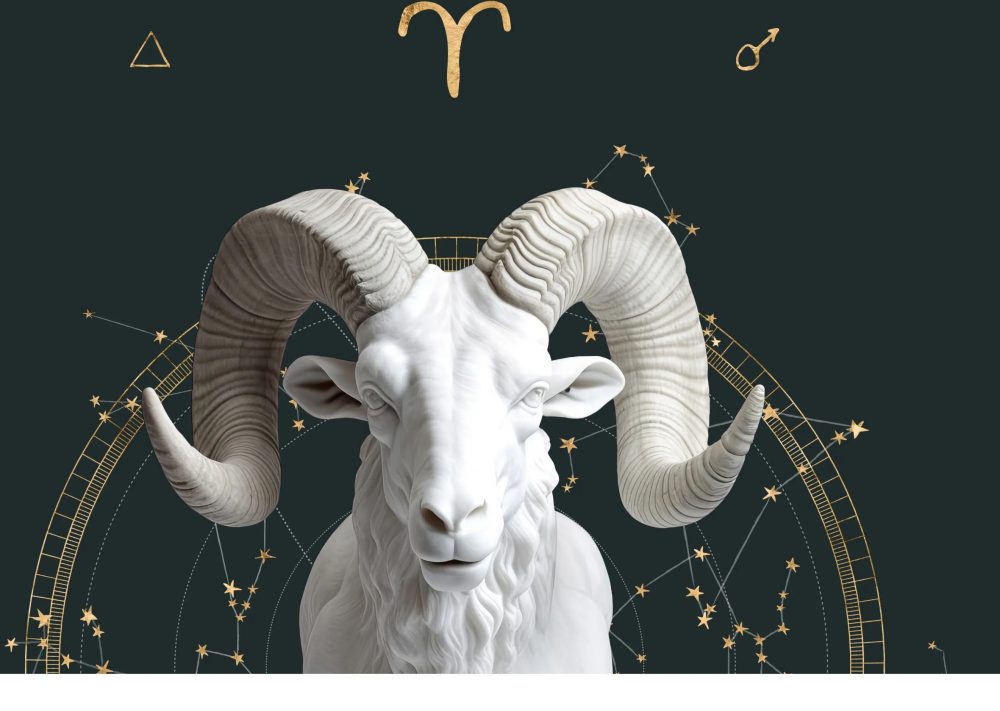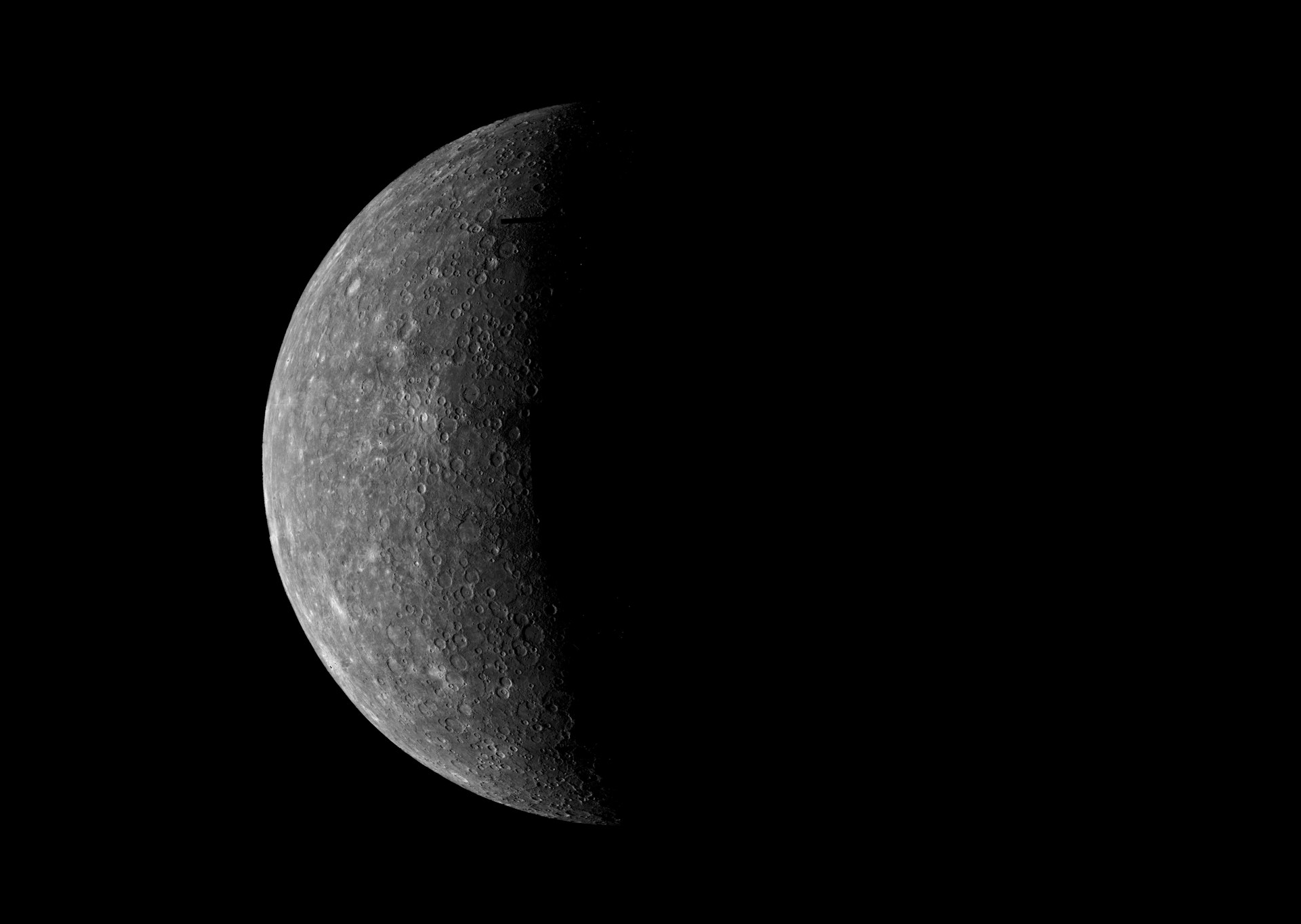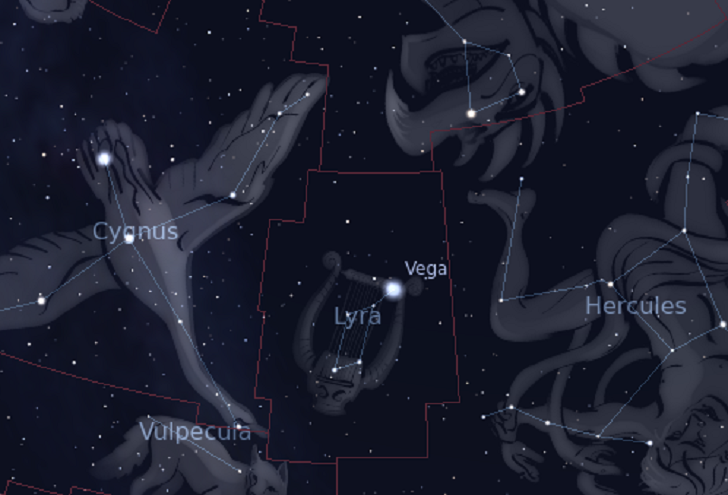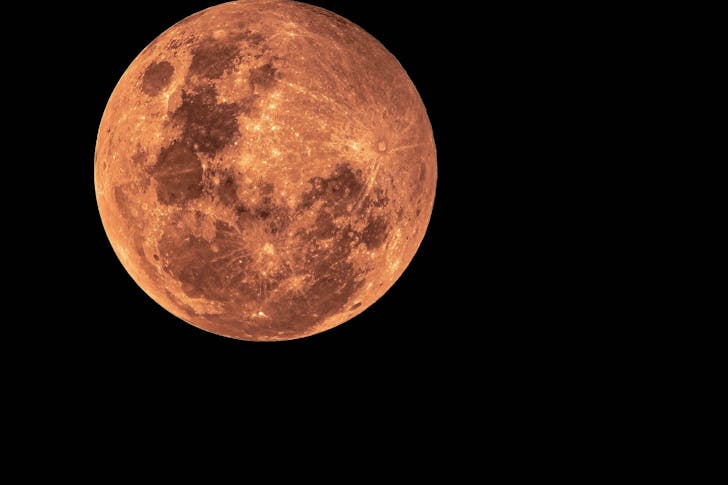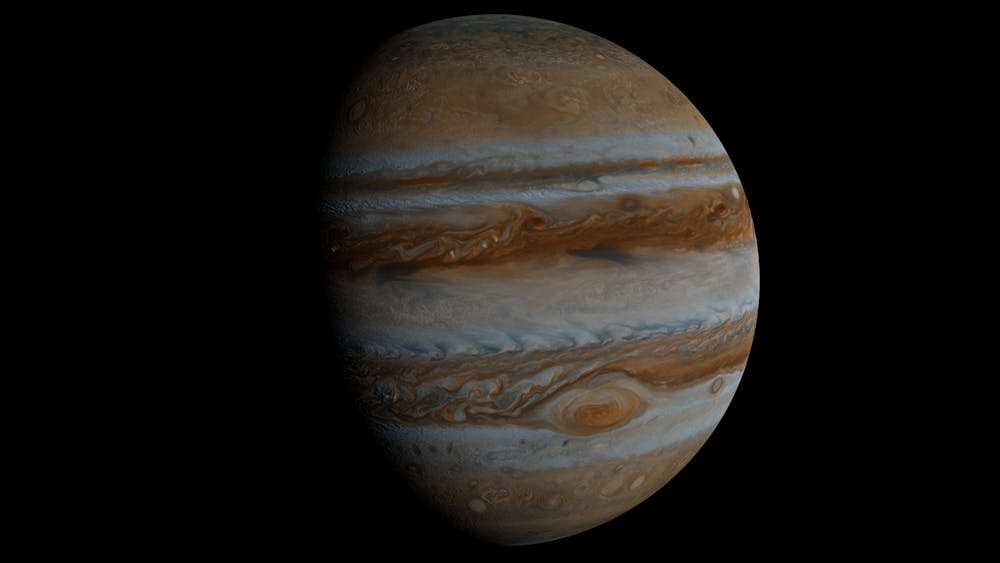Astrology fascinates many of us, often leading to the burning question: What is the most powerful star sign? 'Power' in astrology can mean different things: Strength, influence, charisma, or resilience. What Is the Most Powerful Star Sign? When we talk about power in astrology, we look at various traits like determination, leadership, and influence. Sure! Each sign has its own unique strengths. But some stand out for their natural ability to lead, inspire, and achieve greatness. Understanding these powerful signs can offer insights into their distinct characteristics and how they can harness their strengths. Taurus Ruled by Venus, Taurus is known for its unwavering determination. This earth sign is grounded, practical, and immensely patient. When a...
Exploring your astrological chart offers deep insights into your personality and potential, including the often-overlooked impact of asteroids like Ceres. Positioned between Mars and Jupiter, Ceres symbolizes nurturing energies, encompassing everything from self-care to the ways we support others. Here’s how to find your ceres in astrology and interpreting to unveil your caregiving nature, affinity for motherhood, and connection to feminine energy, akin to its namesake, the Roman goddess of agriculture. What Ceres Represents in Astrology Ceres in astrology is tied closely to the nurturing aspects of our personalities. It highlights how you tend to yourself and others, incorporating themes of fertility and caregiving—traits traditionally linked with femininity. Unlike the dominant energies of planets like the...
Exploring the mysteries of our solar system reveals endless surprises, especially when it comes to Mercury, the planet closest to the Sun. Mercury stands out among the celestial bodies that orbit our star with its unique characteristics and peculiarities. Here are 10 astonishing fun facts about Mercury that will surely amaze you. 10 Fun Facts About Mercury 1. Largest Temperature Fluctuations in the Solar System Despite its proximity to the Sun, Mercury exhibits the most extreme temperature fluctuations in the solar system. Lacking an atmosphere to trap heat, the surface of Mercury can soar to a scorching 800 degrees Fahrenheit during the day and plummet to a chilling minus 290 degrees Fahrenheit at night. This dramatic...
The night sky holds many wonders - among them, the Lyra constellation shines with a unique blend of mythology, history, and celestial phenomena. Known as the harp constellation, Lyra not only captivates stargazers but also serves as a gateway to exploring the rich tapestry of the cosmos. The Mythical Origins of the Harp Constellation The harp constellation is steeped in the rich myths of ancient Greece, where it represents the lyre of Orpheus, a legendary musician, and poet whose melodies could enchant the very stones and rivers. Orpheus's lyre, gifted by Apollo and fine-tuned by the Muses, became a symbol of sublime artistic expression that resonated through the ages. After his tragic death, the gods immortalized...
After a challenging few months, the cosmic winds shift, bringing a sense of renewal and clarity many eagerly anticipate. These shifts in energy are connected to the direction of planet Venus. So, when does Venus go direct? The answer to this is crucial as it signals a period of potential harmony and understanding after the chaos of retrograde. When Does Venus Go Direct? The wait is finally over. Venus, the planet associated with love, beauty, and finances, will resume direct motion on September 3. This shift marks the end of its retrograde phase, which began on July 22, after entering the pre-retrograde zone on June 19. This transition out of retrograde is a significant moment in...
When Jupiter, the planet known for its ability to bring growth and good fortune, enters Aquarius's innovative and forward-thinking sign, it's like the universe is flipping a switch on our capacity to dream big and innovate. This celestial event, known as Jupiter in Aquarius, not only broadens our horizons but also deepens our understanding of our place within the community and the wider world. Embracing the Winds of Change: Jupiter in Aquarius The arrival of Jupiter in Aquarius sets the stage for a period where boundaries are pushed, and ideas once deemed too radical become possible. This is when the collective mind is activated, and individuals are inspired to think beyond their personal experiences to envision...
6 Differences Between Astrological Signs & Constellations
Astrology is an ancient art that has been used for centuries to provide insight into a person’s character. While many people are familiar with the 12 astrological signs and their meanings, they may not be aware of the differences between astrological signs and constellations.
In this article, we will explore six key differences between these two concepts and explain why understanding them is important.
Origin
The first difference between astrological signs and constellations is their origin. Astrological signs were developed by Ancient Babylonian astronomers over 3000 years ago.

Mat / Pexels / Unlike astrological signs, constellations are way older.
On the other hand, the original 88 constellations can be traced back even further, to the Greek astronomer Ptolemy in 150 AD.
Number
The second difference is the number of signs and constellations. Currently, there are 12 zodiacal astrological signs which make up the zodiac calendar, while there are 88 modern constellations in total.
Apparent Size
The third difference between the two is apparent size. The apparent size of an astrological sign refers to its ability to be seen from Earth. All of them can be seen regardless of where you are standing on the planet.
Constellations, on the other hand, vary greatly in terms of their visibility from different parts of the world due to changes in atmospheric conditions as well as the time of day or night.
Interpreting Meaning
The fourth difference is how each is interpreted for meaning. Astrological signs are typically associated with certain personality traits and are used to forecast future events or trends in a person’s life.

Lucas / Pexels / Unlike constellations, astrological signs are associated with personality traits.
Constellations, however, provide a map of the night sky and can be used to help people identify stars and planets within our universe.
Relationship with Time
The fifth difference between astrological signs and constellations relates to time. The 12 zodiacal astrological signs move through the night sky on an approximate 3,000-year cycle.
On the other hand, constellations remain in the same place relative to Earth over long periods of time due to their fixed positions in space.
Cultural Significance
The sixth and final difference between the two is the cultural significance they hold. Astrological signs are often used in day-to-day life to assist with decision-making. Or, to gain a better understanding of oneself.

Mat / Pexels / Unlike constellations, astrological signs are used to denote cultural significance.
On the other hand, constellations are more commonly seen as objects of beauty in the night sky.
The Final Word
Astrological signs and constellations are two different concepts, although they are often confused. Both have fascinating stories and historical origins, as well as cultural significance. With that said, both offer us a unique insight into the night sky and its hidden secrets.
Understanding the differences between astrological signs and constellations can help deepen one’s appreciation for both concepts. While each has its own unique origin, number, apparent size, interpretation, relationship with time, and cultural significance, it is clear that there are many interesting aspects to explore when discussing astrology and astronomy.
For those looking to learn more about astrological signs or constellations, there are plenty of resources available online to help deepen your understanding of these two concepts.



